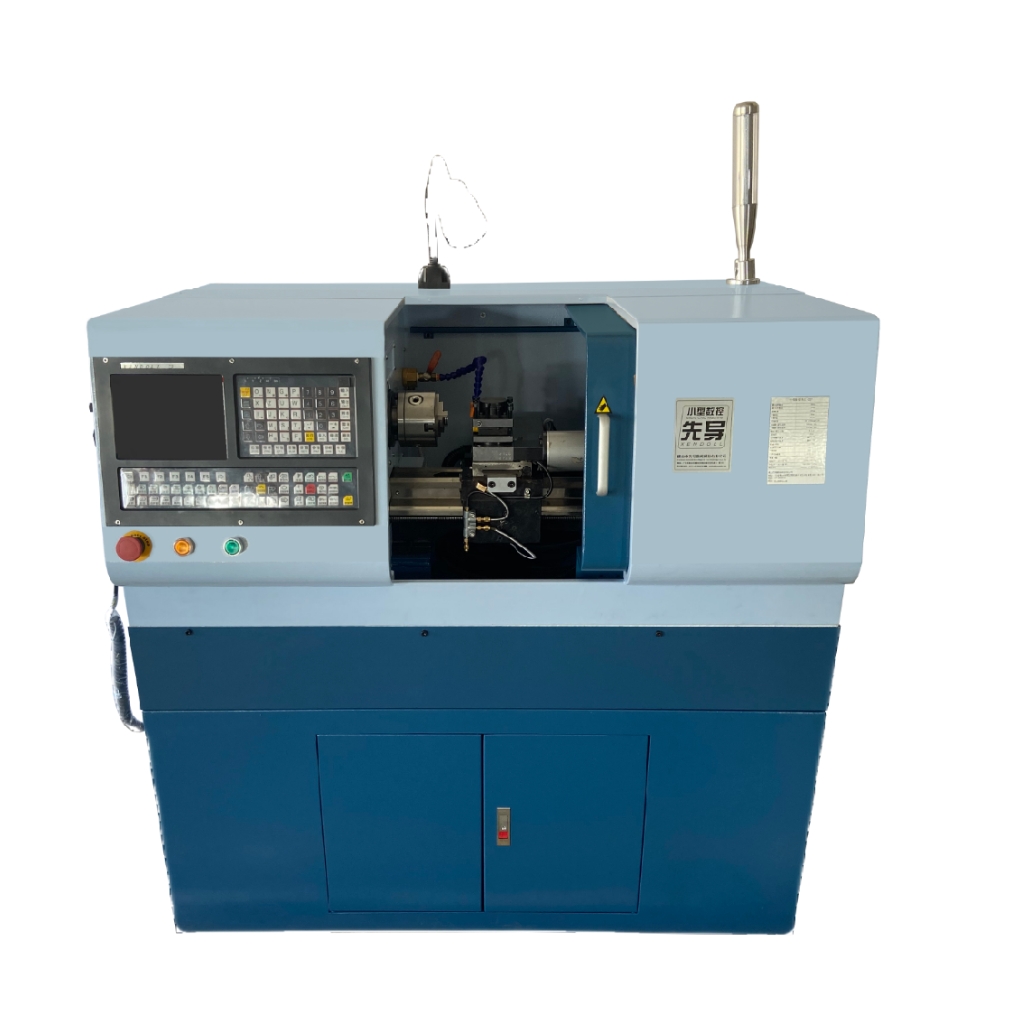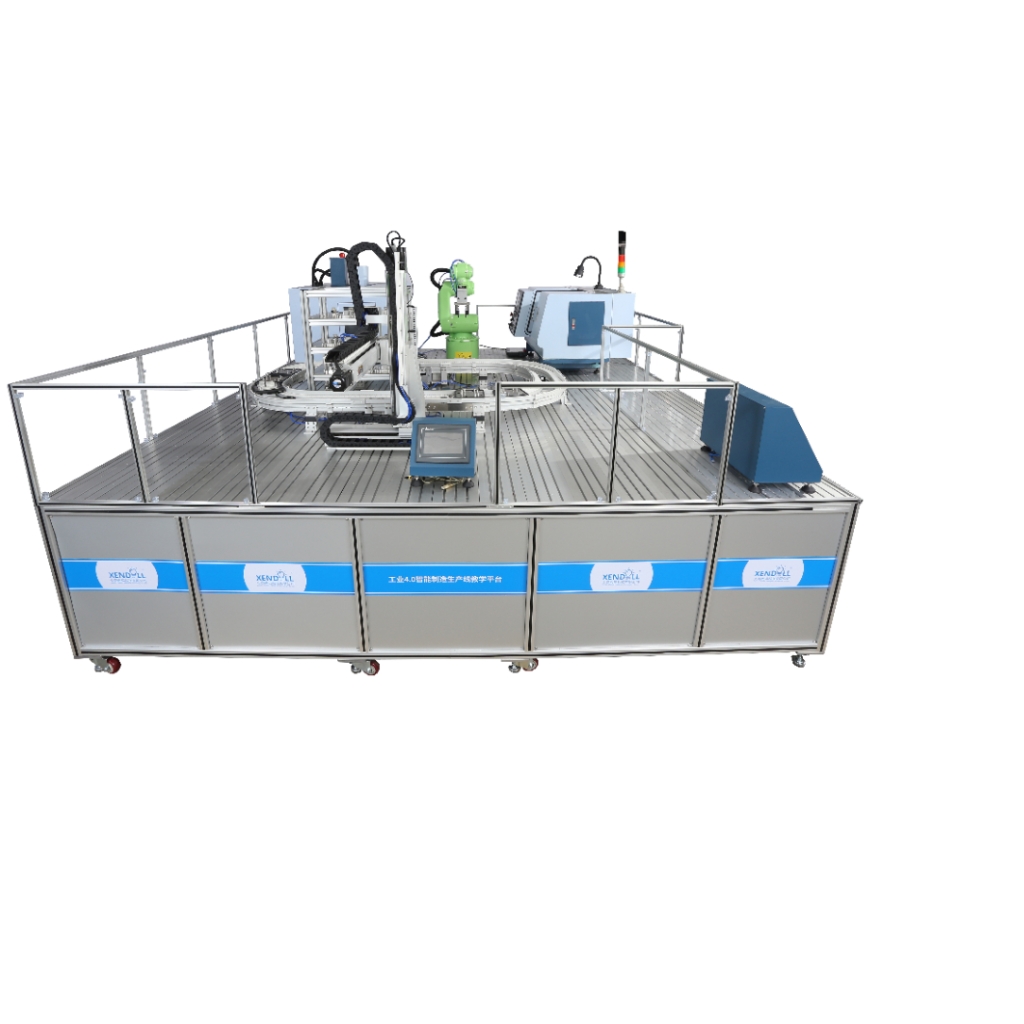Blog
Xendoll has 22 years of experience in the production of small machine tools. We will help you choose the suitable machine and share our experience in CNC machining with you.
 Aug 27, 2025
Aug 27, 2025

 587
587
For machinery dealers, educational suppliers, and machining enthusiasts, inventory is the lifeblood of the business. But not all inventory is created equal. While some lathes and accessories fly off the shelves, others gather dust in a corner, silently draining resources. This stagnant inventory is known as dead stock. Understanding what lathe machine dead stock is, why it happens, and how to prevent it is crucial for maintaining a healthy, profitable operation, whether you're a global distributor or a home workshop enthusiast. This article will guide you through everything you need to know about identifying and eliminating this common inventory challenge.

In the context of a lathe machine and the metalworking industry, dead stock refers to inventory that has had zero sales or movement over an extended period, typically 12 months or more. It's not just slow-moving stock; it's stock that has effectively stopped moving altogether.
This can encompass:
Complete Lathe Machines: Often older models, specific configurations that fell out of favor, or machines with obsolete control systems.
Lathe Parts and Attachments: Specialized chucks, steady rests, followers, or tool posts for machines that are no longer common.
Cutting Tools and Inserts: Specific grades or geometries of cutting tools that are no longer the industry standard or have been superseded by more efficient technology.
Accessory Kits: Bundled items that seemed like a good idea but didn't resonate with the target market.
The key characteristic of dead stock is that it represents capital that is frozen—money that is tied up in physical assets instead of being available for investment in profitable inventory or business growth.
Several factors can lead to inventory becoming dead stock. Recognizing these pitfalls is the first step toward prevention.
Poor Market Forecasting: This is the most common cause. A distributor might overestimate the demand for a new, high-tech mini-lathe model, only to find the market prefers more traditional, proven designs. For enthusiasts, this could mean buying a highly specialized attachment for a one-time project, which then sits unused.
Technological Obsolescence: The manufacturing world evolves rapidly. A lathe with a outdated control system, lacking modern features like CNC compatibility or digital readouts (DROs), can become undesirable very quickly, even if it's in perfect mechanical condition.
Ineffective Inventory Management: Without a proper system to track sales velocity and inventory age, slow-moving items can easily be overlooked until they become dead stock. Many small businesses and hobbyists rely on mental notes or simple spreadsheets, which are prone to error.
Incorrect Purchasing Decisions: Buying based on a deep discount from a manufacturer rather than actual customer demand is a dangerous trap. That pallet of specific toolholders might have been 60% off, but if no one needs them, it's a 100% loss.
Product Damage or Incompleteness: A used lathe missing its critical components (like a chuck key, change gears, or the motor) or one with significant but repairable damage can sit for years because the effort to make it whole again is deemed too high.
The consequences of dead stock are more than just a cluttered warehouse.
Lost Opportunity: The space taken up by a dead lathe could be used to display a best-selling mini-mill or a popular desktop CNC machine. The money tied up could have been used to purchase high-demand cutting tools or accessories.
Devaluation: Machinery and tools do not get better with age. Exposure to moisture can cause rust, and rubber components can degrade. The longer an item sits, the less valuable it becomes, often eventually reaching scrap value.
The good news is that dead stock is manageable and often preventable.
Implement Smart Inventory Management: Use inventory management software to track the age and turnover rate (SKU velocity) of every item. Identify slow-movers before they become dead stock.
Embrace Data-Driven Purchasing: Analyze sales data to understand what your customers actually want. For dealers, this means listening to the market. For enthusiasts, it means being honest about future project needs.
Liquidate and Recover Capital: Don't let perfection be the enemy of progress. Consider selling dead stock through:
Discounting/Bundling: Offer it at a significant discount or bundle it with a popular machine to add value.
Online Marketplaces: Platforms like eBay or industry-specific forums are excellent for reaching niche buyers looking for rare parts or project machines.
Auctions: A great way to clear out multiple items at once.
Preventative Maintenance: For items in storage, ensure they are properly cleaned, oiled, and protected from the elements to preserve their value until they can be sold.

Dead stock is a challenge faced by everyone in the machining ecosystem, from international distributors to local hobbyists. It represents a static, inefficient use of valuable resources. However, by understanding its causes—poor forecasting, obsolescence, and ineffective management—you can implement proactive strategies to prevent it.
The goal is not to eliminate inventory but to optimize it. By leveraging data, making smart purchasing decisions, and having a clear liquidation strategy, you can transform dead stock from a financial burden into recovered capital. This approach ensures your resources are always invested in the dynamic, profitable tools and machines that keep your business—or your passion—moving forward.
For those in the market for reliable, high-demand mini lathes and machine tools that are designed to sell, explore the innovative and versatile range of precision equipment at Xendoll Tools. Our products are engineered with the modern machinist in mind, helping dealers and enthusiasts alike invest in inventory that works as hard as they do.



 Show all our samples
Show all our samples
 Provide you with a free quote
Provide you with a free quote
 Answer all the questions you may have
Answer all the questions you may have
 Guided installation and other options
Guided installation and other options